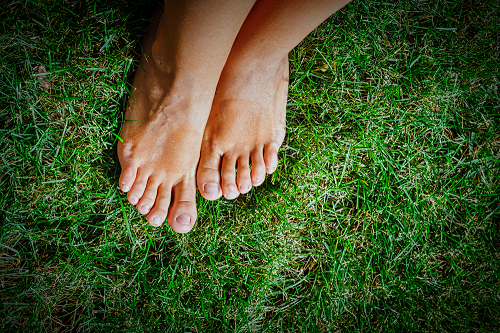8 Essential Lawn Treatments for a Healthy Lawn
A healthy and vibrant lawn does not just happen. It takes a lot of care and treating it the right way. You can get a lush yard by using the best lawn treatment practices. Time your treatment procedures correctly to avoid damaging the turf by exposing it to weed, pests, and weather damages.
Although each lawn is unique, there are common lawn care practices for people wanting an evergreen, lush lawn. Here are 8 essential treatments for a healthy lawn.

Plant Types
Find out the best plants to grow in your location. You can grow warm-season or cool-season plants- depending on your climate. The climate and plants you grow will determine the herbicides and pesticides to use. Consult with your lawn treatment specialist to help you select the ideal plants for your yard.
Mowing
The best time to mow your lawn is early in the morning or late evening when the temperatures are low. This protects your grass from going into shock.
When cutting your grass, adjust your blades to help you trim the top third of the lawn grass. This is called the one-third rule of mowing. Avoid mowing wet grass as it clogs the mower blades, causing them to transmit diseases across your yard.
Weed Control
Prevent weeds from growing in your yard to get a healthy lawn. Proactive weed control helps you stop pre-emergent weeds. Do this continually to avoid the weds from resurfacing in the next season.
You can achieve this by using targeted weed control, where your lawn treatment expert tests the soil to find out the predominant weeds and their growing seasons. This helps you use pre-emergent weed control measures to eliminate all weeds in your lawn.
Avoid toxic herbicides that may harm your grass, pets, and the environment. Study the labels on herbicides and follow the instructions, or let a lawn expert apply them for you to avoid undesirable results.
Watering
The amount of water and frequency of watering depends on the climate. If you receive enough rain, your lawn will grow well with minimal watering. Look out for signs of water shock to know when your yard needs watering.
The best test for water shock on a lawn is walking on it and observing if your footprints remain visible. If they do not, the grass has sufficient water.
Water your lawn deeply and infrequently to ensure it has enough water to support the grass to grow healthy. The yard should drain well so that the grass is watered uniformly without any parts forming water puddles that can damage your turf.
Aeration
Harsh weather conditions and heavy foot traffic may cause compacted soil ad dense thatch to form on your lawn. This blocks pathways for water, nutrients, and water, leaving the yard looking unmaintained.
If your pets spend all the time on your lawn, they may ruin it if they do not have specific urination spots. Assess the yard to note the damages you need to correct during aeration.
Aeration reduces soil compaction, water run-off, and thatch build-up. As professionals aerate your lawn, they will test the soil to determine nutrients deficiency to advise you on the best fertilizers for your turf.
Overseeding
After aeration, you should spread grass seeds over your turf to encourage new growth to replace damaged grass. This improves the overall appearance and health of your lawn. It also ensures there are no bare spots on the turf.
A thick turf leaves no room for weeds to grow. It is also easier to control pests on a thick turf since they don’t have spaces to hide in.
Fertilization
The right kind of fertilizer and accurate application timing is essential for a healthy, vibrant lawn. Ensure the fertilizer is appropriate for the issues your yard is experiencing, such as bare spots, dry conditions, or nutrients depletion. Read the labels on your fertilizers to know the amount you need for your lawn and the right season to apply it.
Pest Control
Pests on your lawn are dangerous to people and plants. Assess your yard to know the existing pests to control them effectively. Some common pests include fire ants and grubs that cause extensive damage to lawns when they burrow the soil and feed on plant roots.
Some pesticides are harmful to humans and pets. Examine the labels on the containers to know how to handle them. You may also apply them when you expect minimal activities in the yard, such as overnight or when away. You can also use organic pesticides to minimize their effects on the environment.
Soil Amendment
Most lawns grow well if the soil has a pH level of 5.5 to 6.5. Too much acidity damages roots, preventing them from absorbing nutrients.
Soil amendment helps you balance the pH level to suit the type of grass on your lawn. Call a lawn treatment expert to test the soil and advice you on the best way to balance the soil pH level.
Tagged: Landscape Maintenance, lawn care, lawn treatment
You can leave a response, or trackback from your own site. Back to Top
Leave a Reply





